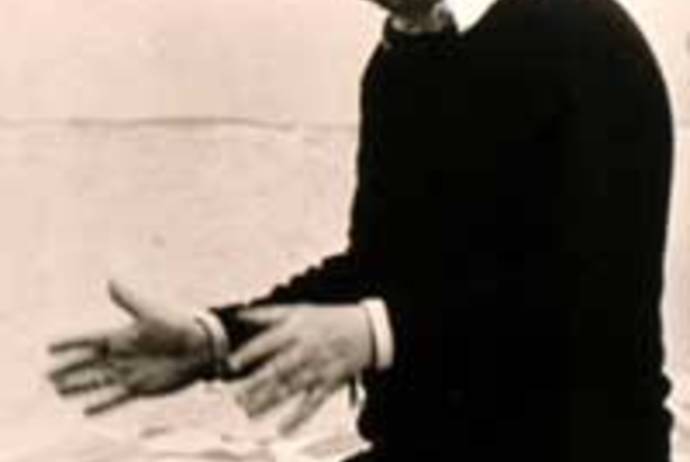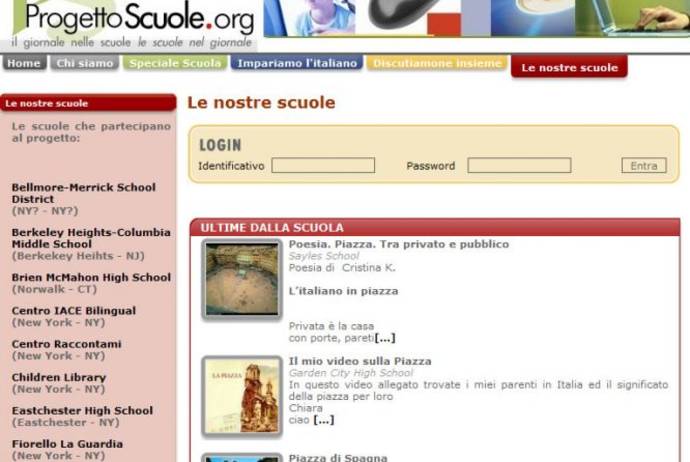In the advent of convenient fast food chains, over-eating in general, and a “couch potato” lifestyle, more and more people nowadays are developing “muffin tops” and “man boobs,” while self-describing themselves as big-boned to avoid calling themselves fat. Particularly in the United States, the statistics are even bleaker: the obesity rate in children has actually tripled over the past two decades. As researchers and physicians have perpetually stressed, it is necessary to limit the calorie intake in our diets together with exercise to promote a healthier lifestyle. It’s been long overdue for a dietary change, in order to protect our future generations from clogged arteries, heart attacks, diabetes, and other weight-related problems in their adult life.
Casamicciola mayor Vincenzo D’Ambrosio has enacted that needed change in the form of a strict law this week. He proposed and passed, with overwhelming zeal from the town council, to provide not only lower calorie selections at various pubs, restaurants, cafés, and other eating establishments, but to also give a detailed description of how many calories are in the food alongside the menu choices. An estimated 51% of young people (characterized as younger than eighteen) in the mayor’s region of Campania are either overweight or obese, indicating that they lead Italy as being the most overweight. Based upon this statistic, D’Ambrosio commented that “it absolutely raised the necessity of adopting some sort of law to help fight this. It’s of utmost importance to educate our citizens in adopting the necessary preventive actions of staying healthy and being physically fit.”
D’Ambrosio was not the only one who pioneered health-conscious laws. New York City was the first to pass a similar law several months ago that required fifteen fast food chains like McDonald’s, Olive Garden, and T.G.I.Friday’s to post the amount of calories on their menus. Health department spokesperson Jessica Scaperotti explained the rationale behind the law: “We just want people to have the information available to them to make healthful decisions.” The New York State Restaurant Association who represented the fast food places naturally fought back, indicating that restricting their menus or requiring them to put additional facts on them was not only bad for business, but was also unconstitutional. The federal court agreed and later ruled in favor of the fast food restaurants, though the decision is still being fought in court. Italy took note of New York’s example and followed suit—on July 2, Ascea (also in Campania) passed a law that required the nutritional facts on menus. Its mayor, Mario Rizzo, is a physician who clearly knows of the troubling statistics concerning overweight children and defined his new law as a “precautionary measure” to fight obesity.
D’Ambrosio’s ultimate hopes with this new ordinance are to shed the infamous status of being the fattest Italian region, while also promoting a healthier Mediterranean lifestyle that consists of being more active; consuming locally grown produce such as extra virgin olive oil (containing essential healthy fatty acids), fresh fish, fruits, and vegetables; and smaller portions of food. The rest of the region is cooperating with these efforts, as it is also trying to promote Mediterranean lifestyles.








































